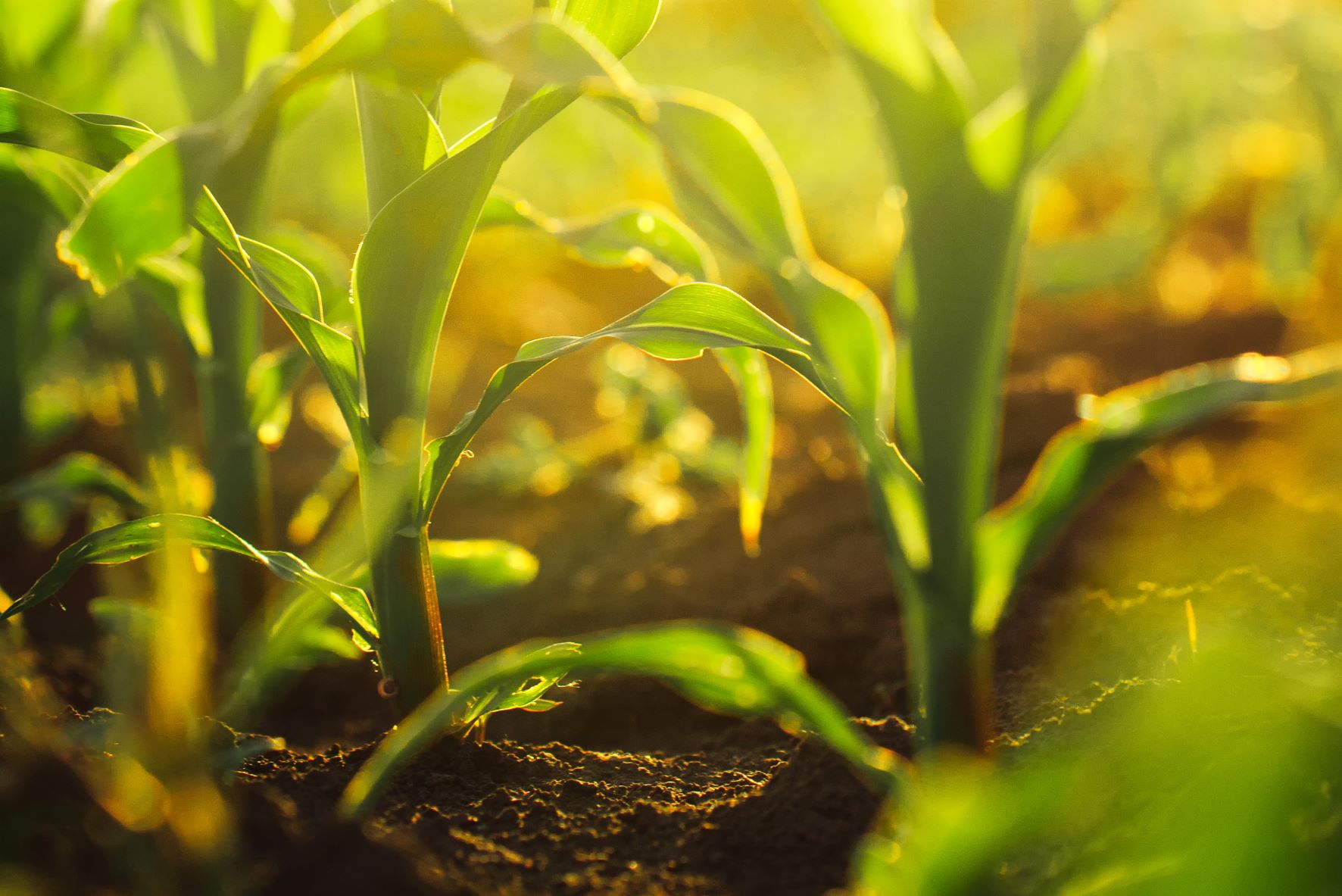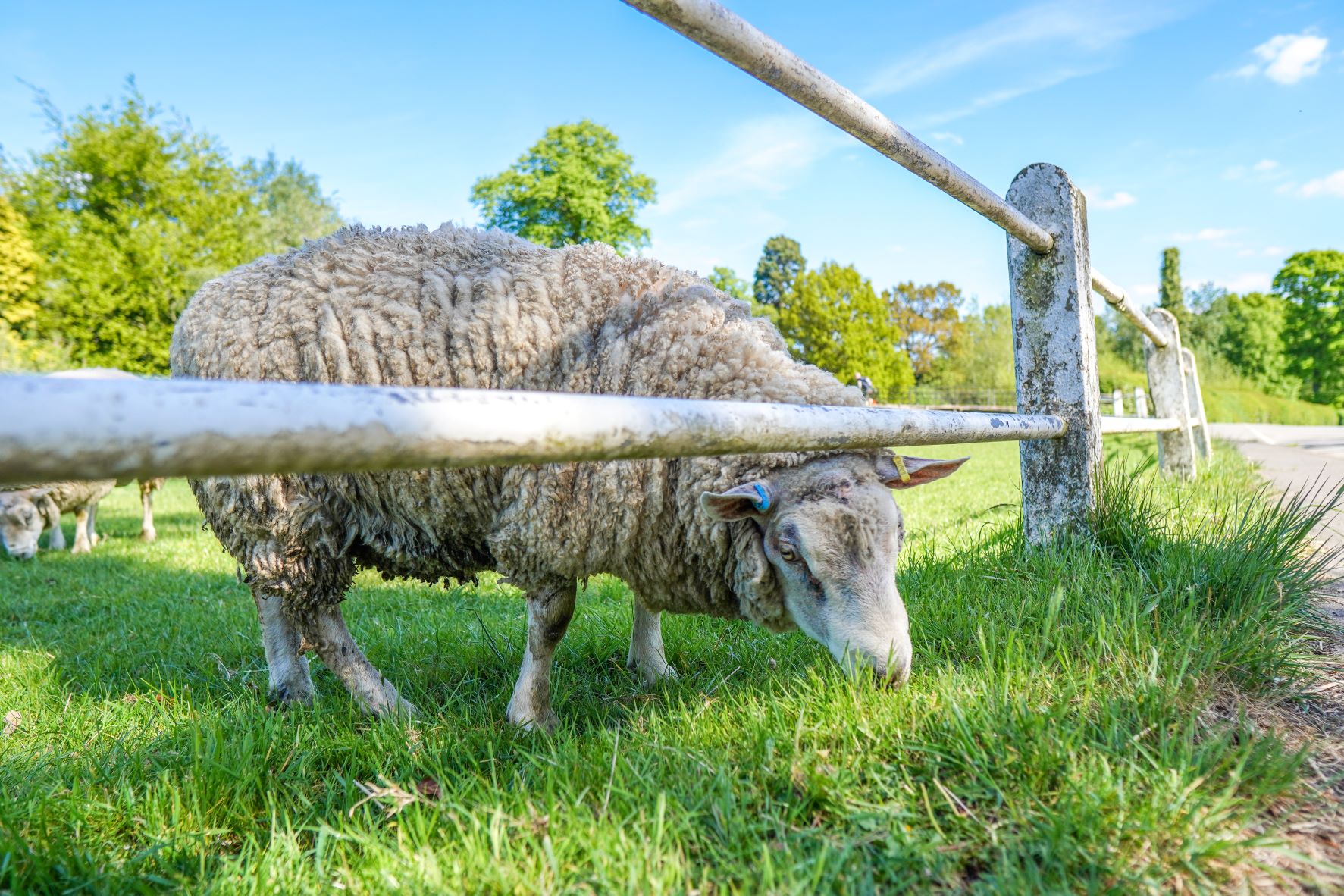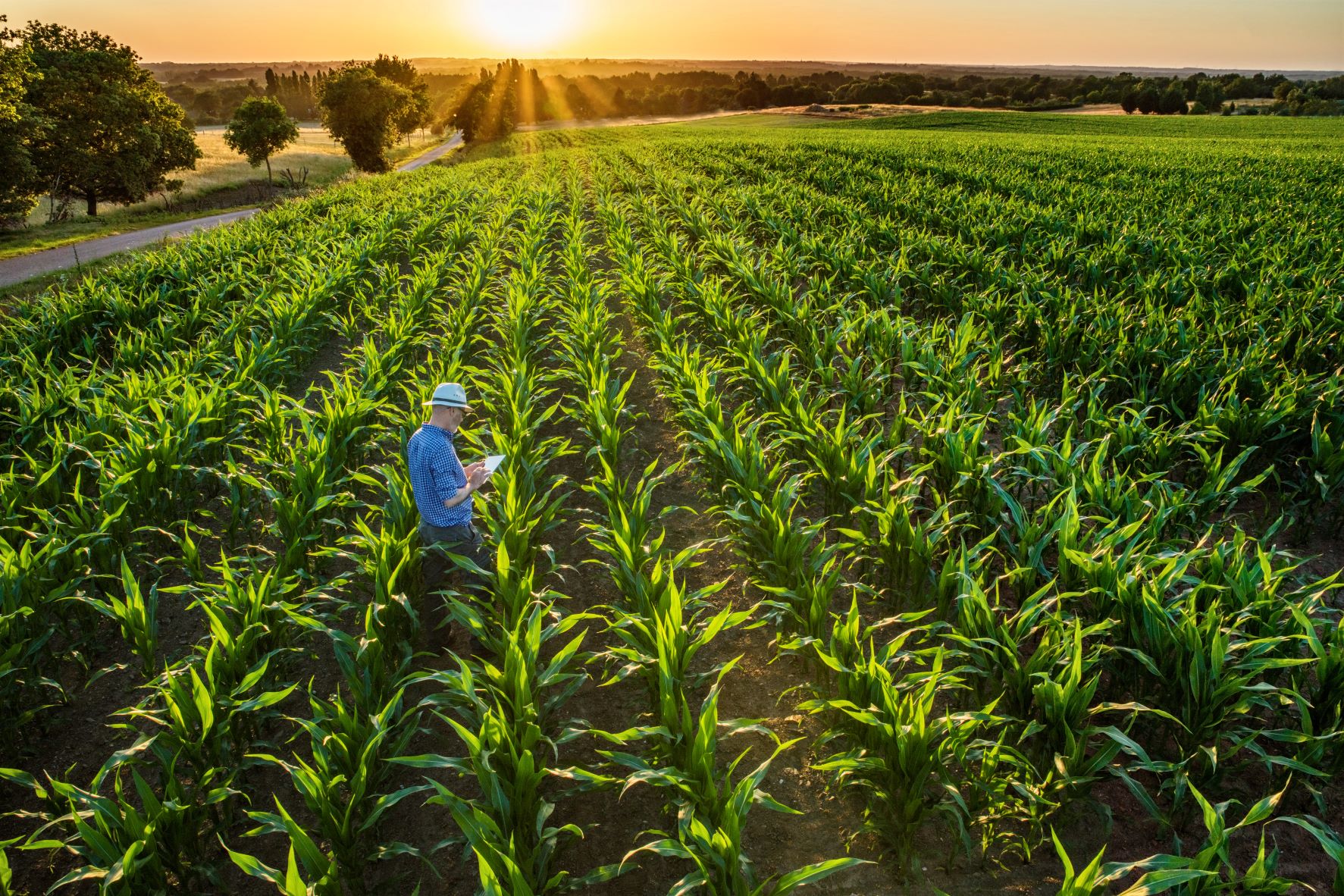Livestock grazing and growing off-season crops can improve soil health
Ensuring your soil is in optimal health in-season requires you to cultivate it and tend to it during the off-season. Aside from fertilising and already having an understanding of your soil’s needs and requirements, one of the best ways to do this is through multi-species grazing. Multi-species grazing is known to promote and foster soil health. Combined with other good soil practices, this can help increase crop yield in-season. Multi-species grazing makes use of rotational grazing, and the planting and growing of different plant life across your pastures.
Different plants add different qualities and nutrients to soil structure. This means that you can replace what your soil is missing by planting the right type of crop. This makes sure that the soil is getting the right nutrients it needs to provide you with the life-sustaining environment crops need to thrive in-season. It is important to understand the value of what each crop or plant life brings to your soil environment. Understanding how various plants collaborate together to give your soil additional benefits may be the difference between having nutrient-dense soil or an unhealthy soil structure that won’t aid in the continuous production of nutritious, strong and sustainable plant life.
On top of this, bringing different livestock to graze in your pastures can also promote good soil health. It’s equally important to keep in mind that each livestock species graze differently and that what they prefer to graze will vastly differ between livestock. Rotating the livestock species between your fields will ensure that there is no overgrazing, allowing the various plants to recover and deepen their root systems, improving plant and soil health. This is why it is so imperative to understand the grazing habits of your livestock.
To help you gain a better understanding of your farm’s soil health and how to manage your livestock and crops better, you can implement technology, such as sensors, throughout your land. By using data analytics taken from these, you can better handle your farming operations and pasture management, which will help in optimising farming practices.

Multi-grazing benefits
Plant life
Also known as multi-cropping or crop rotation, planting a variety of plant life in your pastures can help reduce weeds and pests. Here, you can also implement intercropping – this is where two or more crops are grown near each other to promote plant diversity (such as with crop cover). Planting crops specifically for grazing purposes, including crops with the sole purpose of providing the soil with nutrients that have been depleted during the in-season crop can dramatically improve the health of your soil. For example, planting crops that pull nitrogen from the air and release it into the soil is known to greatly improve soil health.
Cornell University’s College of Agriculture and Life Sciences, points out that as “vegetation of pastures becomes more diverse, multispecies grazing tends to improve composition and utilisation”. This means that your soil becomes healthier on a biological level, becoming more nutrient dense and able to promote and sustain crops year-round.

Livestock
Primarily, due to their grazing habits, cattle, sheep, and goats are the best livestock to use. The way these livestock species consume plants (i.e., their eating style – close to the root vs. eating just the top of the plant, and the type of plants they consume) are vastly different from each other. This makes their mix the most ideal.
Understanding the grazing habits of your livestock, along with what they prefer to consume, will help you cultivate a healthy pasture environment, for both your crops and animals. Weekly farm newspaper based in the US, Country Folks states that cattle primarily eat grass, with about 70% of their pasture intake from grasses, 15% taken from forbs and browse for the remaining 15%. “Sheep prefer to graze on grass for about 50% of their needs, relying on forbs and browse for 30% and 20%, respectively. Goats prefer browse for 60% of their needs, with grass weighing in at 30% and forbs at 10%.” The variety of their grazing requirements can boost the biological action of the soil, and grazing “increases the biological efficiency of the land”.
It adds that by combining complementary grazers your available forages will be grazed at a more equal rate. This avoids “the negative selective pressures that occur when some forages are grazed to the ground while others are ignored,” it explains. By rotating the livestock throughout your pastures, “you can increase the pasture productivity by almost 20%”.

Let us help you create a well-managed farm
Combining different livestock grazing, with different plant life in your pastures can help to create a well-managed, healthier farm, that has optimised production capacity, less weed and pest problems, increased cost-savings and efficiencies.
Reach out to us and let us discuss the range of IoT features we have available to help make your farm management a simple and seamless experience.
